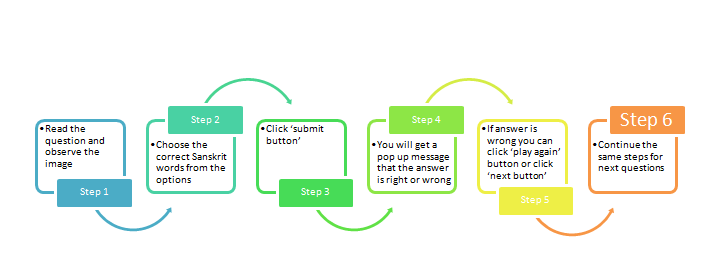

Lingaparivartanam
Grammatical genders are known as लिङ्गानि in Sanskrit.
The literal meaning of the word लिङ्गम्is 'sign'. Therefore, the word which denotes the feminine or masculine of a noun is called gender.
There are 3 genders in Sanskrit:
1. Masculinegender - पुल्लिङ्गम्
2. Femininegender- स्त्रीलिङ्गम्
3. Neuter gender- नपुंसकलिङ्गम्
(e.g. पुरुष = 'man' is masculine, स्त्री = 'woman' is feminine)
Ex:गजः, बालकः, मुनिः, कविः, विद्यालयः
Ex:माला, बालिका, मतिः, नदी, धेनुः
Ex: फलम्, पुस्तकम्, जलम्, मधु, वस्तु
Nouns use a fixed gender even if they refer to non-living things, and a noun's gender cannot usually be predicted from its meaning alone. However, we can usually determine a noun's gender by looking at what sounds a stem ends in and what suffixes were used to make the noun stem. Some examples:
Exampleswith sentences:
सिंहो गच्छति।
The (male) lion goes.
सिंही गच्छति।
The (female) lion goes.
वनम्अस्ति।
There is a forest.
|
Image |
पुल्लिङ्गम् |
स्त्रीलिङ्गम् |
|
|
अजः |
अजा |
|
|
अध्यापकः |
अध्यापिका |
|
|
गजः |
गजा |
|
|
सुन्दरः |
सुन्दरी |
|
|
बालकः |
बालिका |
देवः,सूर्यः,रामः, समयः,रविः, कविः, भानुः, शम्भुः
लेखनी,लता,सीता,पद्मिनी,मातुलानी
फलम्,वनम्, ज्ञानम्, वारि, मधु
HOW TO PLAY
